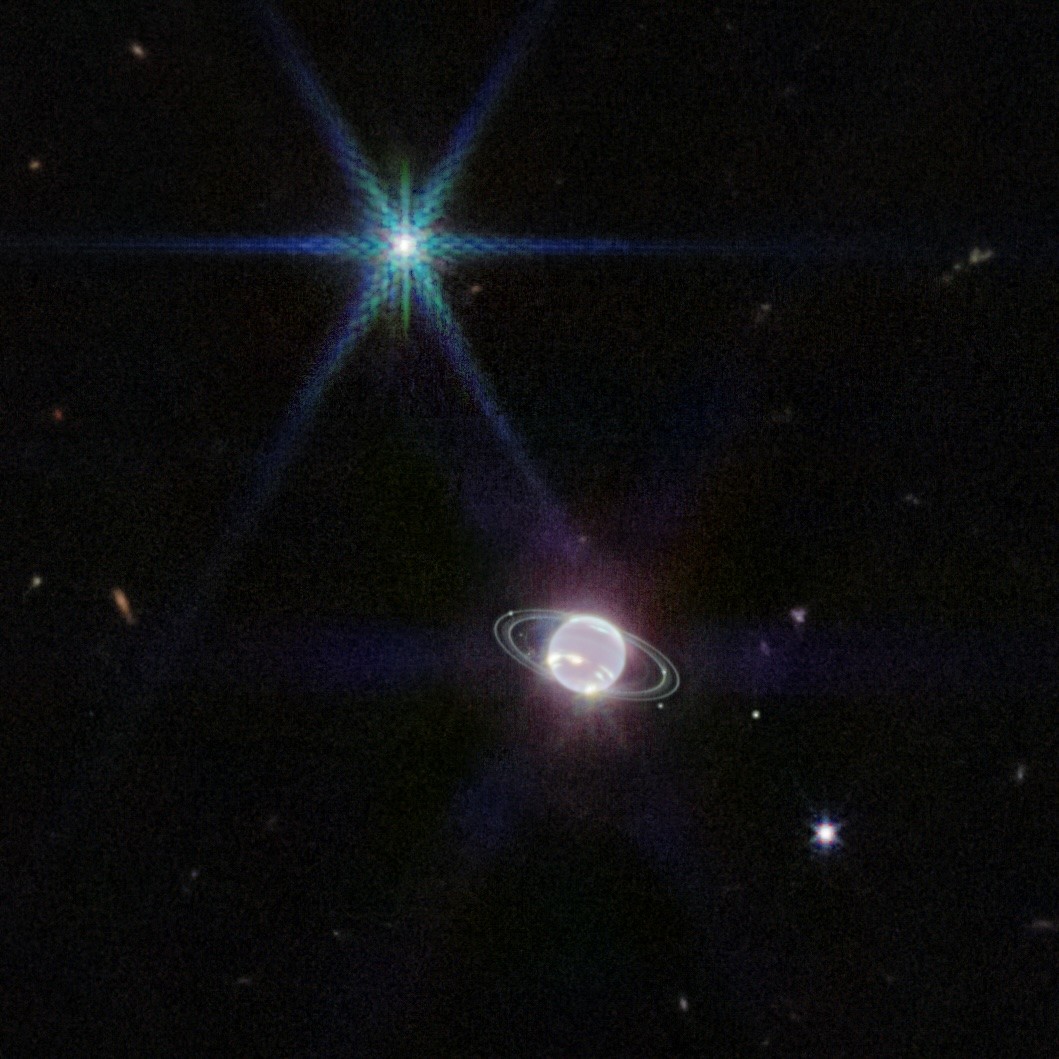Fraser Cain on Nostr: Astronomers have been using JWST to observe a range of objects in the Kuiper Belt, ...
Astronomers have been using JWST to observe a range of objects in the Kuiper Belt, including a pair of icy asteroids called Mors-Somnus. The space telescope is so powerful it can study the surface composition of objects like this for the first time and work out that they've been largely undisturbed in the history of the Solar System. These observations allow astronomers to track the history of Neptune's migration, finding regions that weren't disturbed by its gravity.
https://www.ucf.edu/news/ucf-scientists-use-james-webb-space-telescope-to-uncover-clues-about-neptunes-evolution/ 
Published at
2024-03-11 20:17:03Event JSON
{
"id": "f7720390fcc0c008f64a0ba8afeef055c2ea0d074e94437f6d884f8ab742030f",
"pubkey": "ac844e7de79ee4ba0cc0999efe9afb25cc9bd99ba0b5957cf0fd406fcabaf11a",
"created_at": 1710188223,
"kind": 1,
"tags": [
[
"proxy",
"https://m.universetoday.com/users/fraser/statuses/112078895387360664",
"activitypub"
]
],
"content": "Astronomers have been using JWST to observe a range of objects in the Kuiper Belt, including a pair of icy asteroids called Mors-Somnus. The space telescope is so powerful it can study the surface composition of objects like this for the first time and work out that they've been largely undisturbed in the history of the Solar System. These observations allow astronomers to track the history of Neptune's migration, finding regions that weren't disturbed by its gravity.\n\nhttps://www.ucf.edu/news/ucf-scientists-use-james-webb-space-telescope-to-uncover-clues-about-neptunes-evolution/\n\nhttps://m.universetoday.com/system/media_attachments/files/112/078/895/381/729/070/original/10541f88b3d72496.jpg",
"sig": "fe529045066c5639c47f6198a3d76358e2d80d8a8d8649936cd26e03630577819623c27febcd2d4060bc0fd66b8efa0045f2c7c7305d793818ec620f5f49429b"
}

